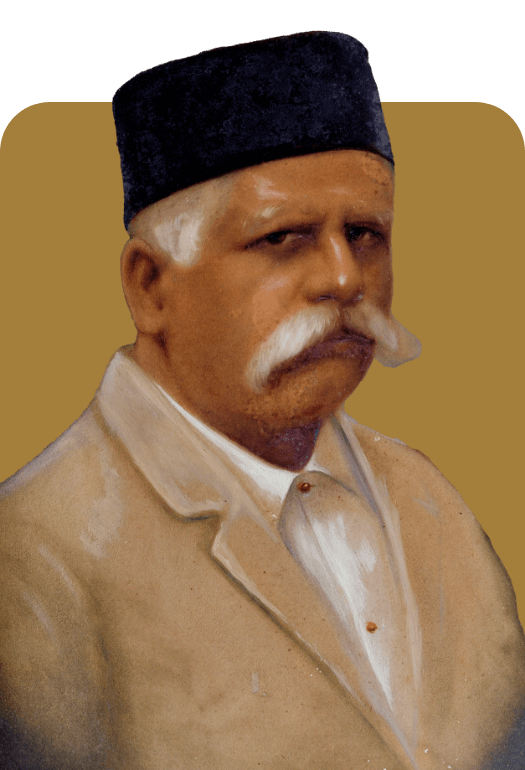(It should be remembered that what is now Pakistan was part of the Indian empire until the British carved it away in 1947 into an Islamic nation. But, before India annexed it, that territory had been part of various other empires including Greek, Mauryan, Persian, and Turkic.)
There are claims that Hunmapah (also in some historical records as Harumalpah) migrated to Singapore after serving time there as a “convict labourer.” Interviewed in 2009, Thomas Augustine Basapa (to whom this website is dedicated) said that his family had no record of such background. His own documents indicated only that his great grandfather had migrated to Singapore with family members. Basapa’s view was that the “convict labourer” claim might have been made by a “disenfranchised relative” of Somapah.
Among his documents was a copy of Suit No. 242, filed by his father, W.L.S. Basapa, in the High Court of the Straits Settlements on July 4, 1940, in which he stated, “I have never heard from my father (Hunmah Somapah), or from any other source the allegation that my grandfather, Hunmapah, came to Singapore as a convict…to the best of my knowledge the said Hunmapah came to Singapore from India after the settlement had ceased to be a convict settlement and was open to general immigration.”
Independent research has been unable to conclusively verify or deny the claim that Hunmapah had been a prisoner, and that claim has been documented in historical accounts by some writers, none of whom, apparently, had interviewed Somapah’s direct descendants or referred to British records.
The claim, which has (perhaps unfortunately) been accepted as fact by Singapore’s National Archives, was also alluded to in a documentary, “Pioneers of Singapore,” which was produced, and aired by (state-owned) television, in Singapore in the mid-1990s. However, The Right Angle, which produced the documentary, explained that the large groups of convicts, shipped by the British in 1825-73 to Singapore from various parts of the Sub-Continent, were mostly skilled artisans and builders by trade. In Singapore, they built several landmarks including Saint Andrew’s Cathedral (Anglican), the original buildings of Raffles Place, and the Istana.
“Pioneers of Singapore” – for which most of the research was done with the Singapore National Archives – also described the treatment of these Indian convict workers by the British as being special because of their skills. They lived more comfortably than other, voluntary immigrants from Asian countries, were paid monthly salaries, and were allowed to engage in other work or business after hours.
Moreover, not all were criminals per se. Many were political detainees who had fought against the British in India. There are some claims that Hunmapah belonged to the latter group, while the “disenfranchised relative” told the producers of “Pioneers of Singapore” that he had been imprisoned after being framed by some of his relatives. Whatever was the truth, family records show that Hunmapah settled in Singapore with his children and his brother, Bimapah. Whether he did so after “serving his time,” or simply went to the burgeoning island upon learning about its promise, cannot be independently ascertained.
Certainly, he migrated to Singapore as a moneyed man. On record is the fact that he bought three adjoining properties along Race Course Road (numbers 35-39) soon after his arrival. He lived in one with his family and leased the others for income.
He went on to own several more properties. He saw English education as the wave of the future, and enrolled his son, Hunmah Somapah, in Saint Joseph’s Institution, a prestigious Roman Catholic school.
